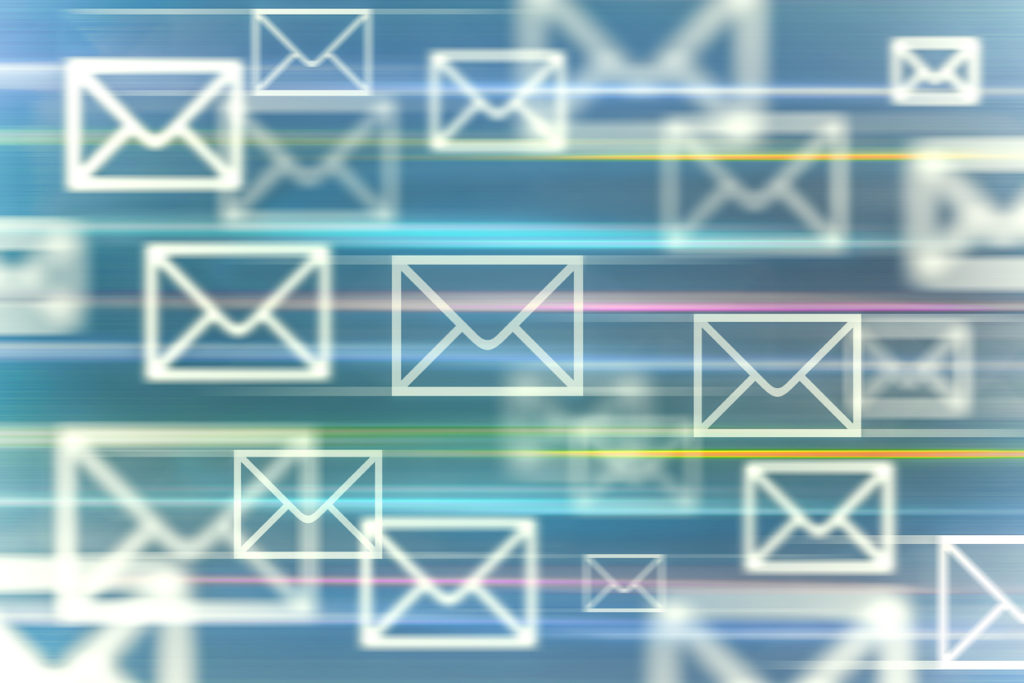We don’t usually see delegates bursting with frustration in our GTD seminars but in one of my former lives it was a sign that a workshop was hitting the mark.
That life involved readying business-people for international assignments and the card game ‘Barnga’ was a great way of preparing them for the experience of culture shock; i.e. the experience of realising that, despite superficial similarities, people in other cultures are sometimes operating with very different mental software indeed.
Barnga is played in groups but each person secretly receives slightly different sets of rules such that, after a few minutes of relaxing gameplay, individuals appear to break the rules. The genius of the game is that no one is allowed to speak to confront this and everyone is left confused and frustrated yet mute, much like culture shock.
I’m often reminded of Barnga as I observe the emotions that email can trigger in people. The culture of email in this smartphone age often reflects an expectation of responsiveness at all hours, even evenings and weekends. When it becomes the dominant behaviour amongst colleagues, these can start to feel like rules.
As you implement GTD practices you start to operate by different rules. We suggest disabling new email alerts and moving away from the always-on culture of email. Instead, we recommend visiting and emptying the inbox completely – and effectively – every 24-48 hours rather than through continuous inbox grazing all day.
However, leading the creation of a new email culture might be confusing for your colleagues who aren’t doing the same. After all, your responsiveness to emails will change. Your replies are likely to be less frequent but more considered and more likely to actually move things forward. Less immediate but more likely to be worth waiting for. Over time, the people that you interact with will recognise this, but short-term expectation management may be needed as your habits change.
Your options will depend on your relationship and status with those around you. One is simply to make others aware that you’re practicing a new way of working that doesn’t involve being hooked up to email like an intravenous drip. It could be a chat by the water cooler, or it could be a more formal approach such as clarifying email responsiveness in your email signature. Only you will know what’s best where you are.
However, GTD also offers a safety net that might be useful as you navigate this period of change. It’s what we call the ‘emergency scan’, and it’s different from the 24-48 hour processing of the inbox to emptiness.
Instead, picture yourself on-the-go between meetings and just taking a couple of minutes to rapidly scroll through new messages on your smartphone to check there’s nothing on fire in your world or impatient others about to burst into flames.
It’s the point at which it can sometimes be helpful to shoot off a quick “I’m on it”, that enables you to manage those response expectations without getting drawn back into the distracting and attention-sapping email ping pong of old. Later on you might be able to have a conversation about what you’re doing with GTD.
It’s something that will become less important as the people in your network become accustomed to your new and improved way of working, but in the short term it might help soothe unnecessary email stress around you.


